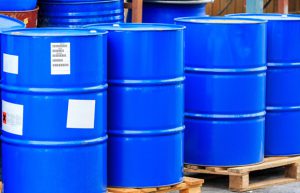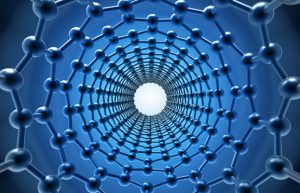
Foreign giant companies gradually withdraw from the market, leading local pearlescent material companies usher in new opportunities for development
Pearlescent material, also known as pearlescent effect material, refers to a material made by coating one or more layers of metal oxide on the surface of a base material such as natural mica or synthe…

Domestic enterprises continue to make breakthroughs in key technologies, and the aviation composite materials industry has broad development prospects
Composite materials refer to new materials that use advanced material preparation technology to optimize the combination of material components with different properties, while aviation composite mate…

The market penetration of luminous concrete is low, but the market development potential is huge in the future.
Luminous concrete is a luminous material produced by combining luminous stone and concrete. Luminous concrete is a new type of concrete that can emit visible light when excited by a light source. In a…
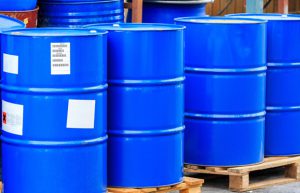
Growth in demand for iopamidol drives the development of serinol industry
Serinol, also known as 2-amino-1,3-propanediol, has a molecular formula of C3H9NO2 and a molecular weight of 91.11. It is a prochiral aminoalcohol. Because its structure is similar to serine, it is of…
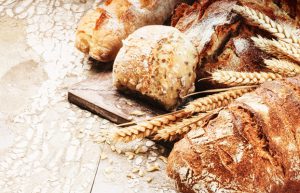
Stearoyl lactylate is mainly used in the food field and the market growth momentum is weak.
Stearoyl lactylate is made from stearic acid, lactic acid, and sodium carbonate (or calcium) as raw materials through neutralization, polymerization, and three chemical reactions. According to differe…

Ascorbic acid glucoside is mainly used in the cosmetics industry and demand will continue to increase in the future.
Ascorbyl Glucoside (Ascorbic acid 2-glucoside, AA2G for short) is commonly known as vitamin C glycoside, and its molecular formula is C12H18O11. It is usually a white crystalline powder, odorless and …
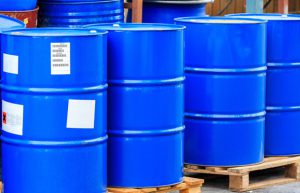
PU synthetic leather replaces natural leather in large quantities, driving the growth of the polycarbonate diol market
Polycarbonate diol (polycarbonate diol) is produced by transesterification reaction with dimethyl carbonate or diphenyl carbonate using small molecule diol as starting agent. Polyurethane made from po…

